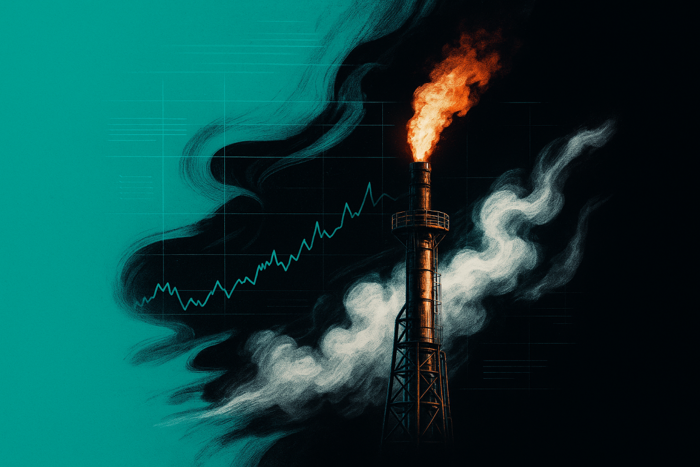Forecasts from Atmospheric G2 shifted cooler for late August and early September across key demand regions including the East, South, and Midwest. This is expected to reduce demand for gas-fired power generation as air conditioning loads ease, a direct hit to late-summer gas consumption. With Lower-48 demand on Friday at 77.9 bcf/day—up 9.8% year-on-year—the forecasted dip in temperatures could stall that momentum.
Is Surging U.S. Production Fueling the Downside?
Production remains a headwind. The EIA revised its 2025 U.S. natural gas production forecast up by 0.5% to 106.44 bcf/day, while 2026 estimates rose to 106.09 bcf/day, reflecting continued supply-side strength. BloombergNEF reported Friday’s Lower-48 dry gas output at 108.4 bcf/day, up 6.3% from the prior year. U.S. gas rigs remain elevated at 122, near a two-year high. Simply put, supply is holding firm even as demand shows signs of easing.
Inventories Offer a Mixed Signal—But Lean Bearish
The EIA reported a smaller-than-expected inventory build of +13 bcf for the week ended August 15, well under the +18 bcf consensus and significantly below the 5-year average of +35 bcf. However, storage remains +5.8% above the 5-year average, suggesting the market remains well supplied. European gas storage at 74% capacity—below the 82% five-year average—is worth monitoring, but has yet to provide any significant bullish pull.
Will Short-Covering Trigger a Bounce or More Selling?
